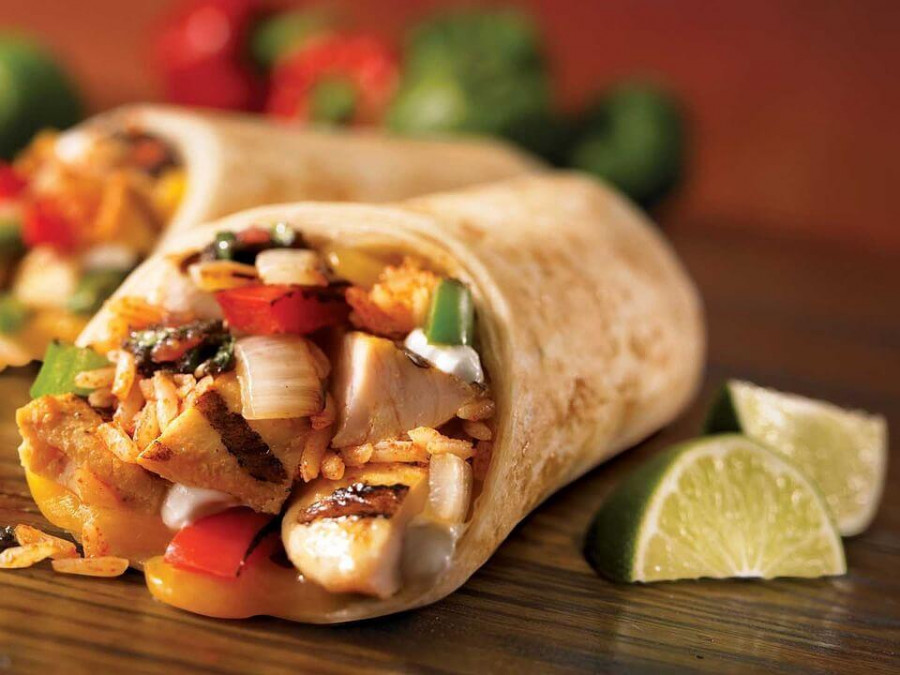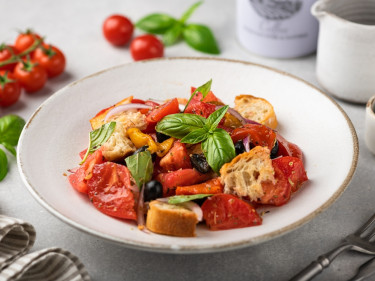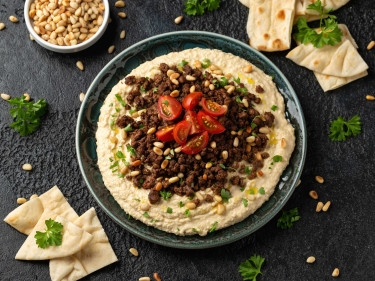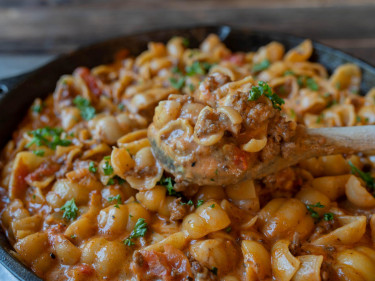Serves = 4
- ½ cup pre-cooked basmati rice, warmed in microwave
- 250g chicken breast
- 2 teaspoons Fajita or Mexican spice mix
- 4 large wholemeal wraps or tortilla
- ½ cup grated tasty cheese (reduced fat)
- ½ cup corn kernels (fresh, cooked from frozen, or canned)
- 1 cup cabbage, shredded
- 2 tomatoes, diced
- 1 cup unsweetened Greek yoghurt (reduced fat)
- 2 tsp extra virgin olive oil











